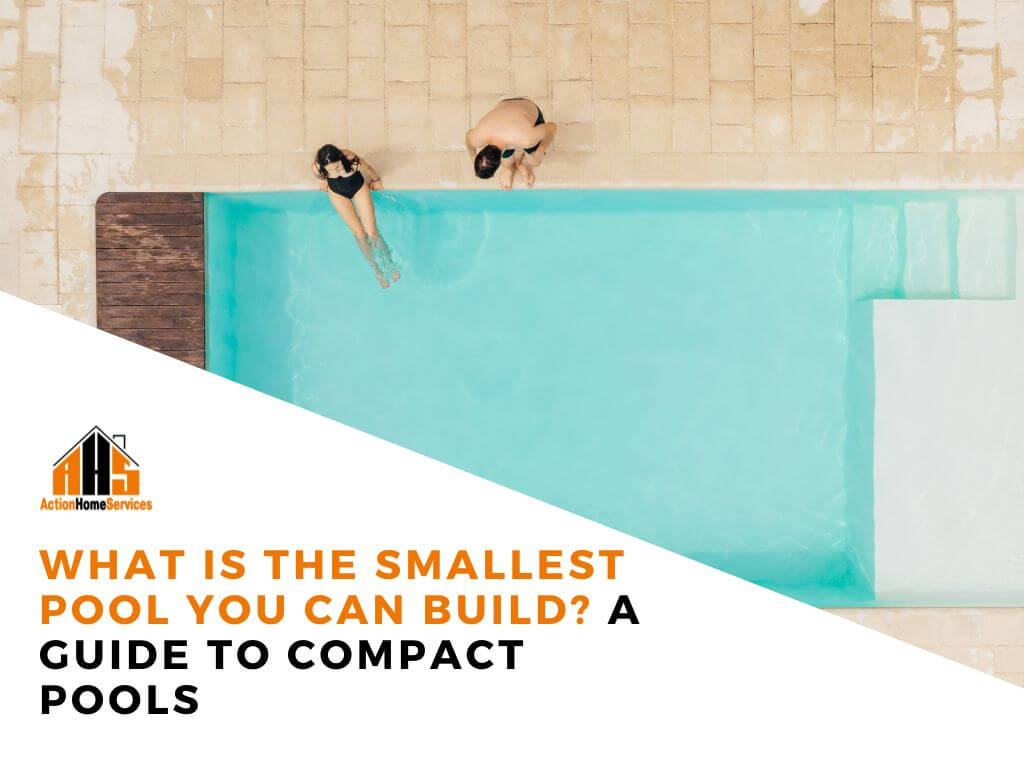
If you’ve always dreamed of having a pool but feel your backyard might be too small, there's good news: compact pools, often called "plunge pools," are an excellent solution for limited spaces. Here’s what you need to know about building the smallest pool possible.
1. What Is a Plunge Pool?
A plunge pool is a small, shallow pool designed for relaxation rather than swimming laps. Typically, plunge pools range from 6 to 10 feet wide and 10 to 20 feet long, making them an ideal option for urban backyards or narrow spaces. Despite their small size, they provide all the benefits of a traditional pool, including a cool spot to soak, a beautiful backyard feature, and a place to unwind.
2. Minimum Pool Size
The smallest pool you can build can be as small as 6x6 feet, providing just enough space to dip in and cool off. These tiny pools are usually no more than 4 to 5 feet deep, offering a compact but comfortable area to relax. Custom shapes can also be designed to fit uniquely shaped yards, maximizing space without compromising on function.
3. Design Considerations
When designing a small pool, the surrounding space is key. Incorporating built-in seating, jets, or even a small water feature can make your compact pool feel luxurious despite its size. Adding a deck or patio space around the pool provides an area for lounging, and landscape lighting can help create an inviting atmosphere.
4. Heating and Maintenance
Smaller pools are easier and more cost-effective to heat and maintain. You can easily incorporate energy-efficient heating solutions, making them perfect for year-round use, even in cooler climates.
If you’re working with a small backyard, a plunge pool offers a creative and practical way to enjoy all the benefits of a pool without needing a massive space. With the right design, even the smallest pool can become your backyard retreat.


